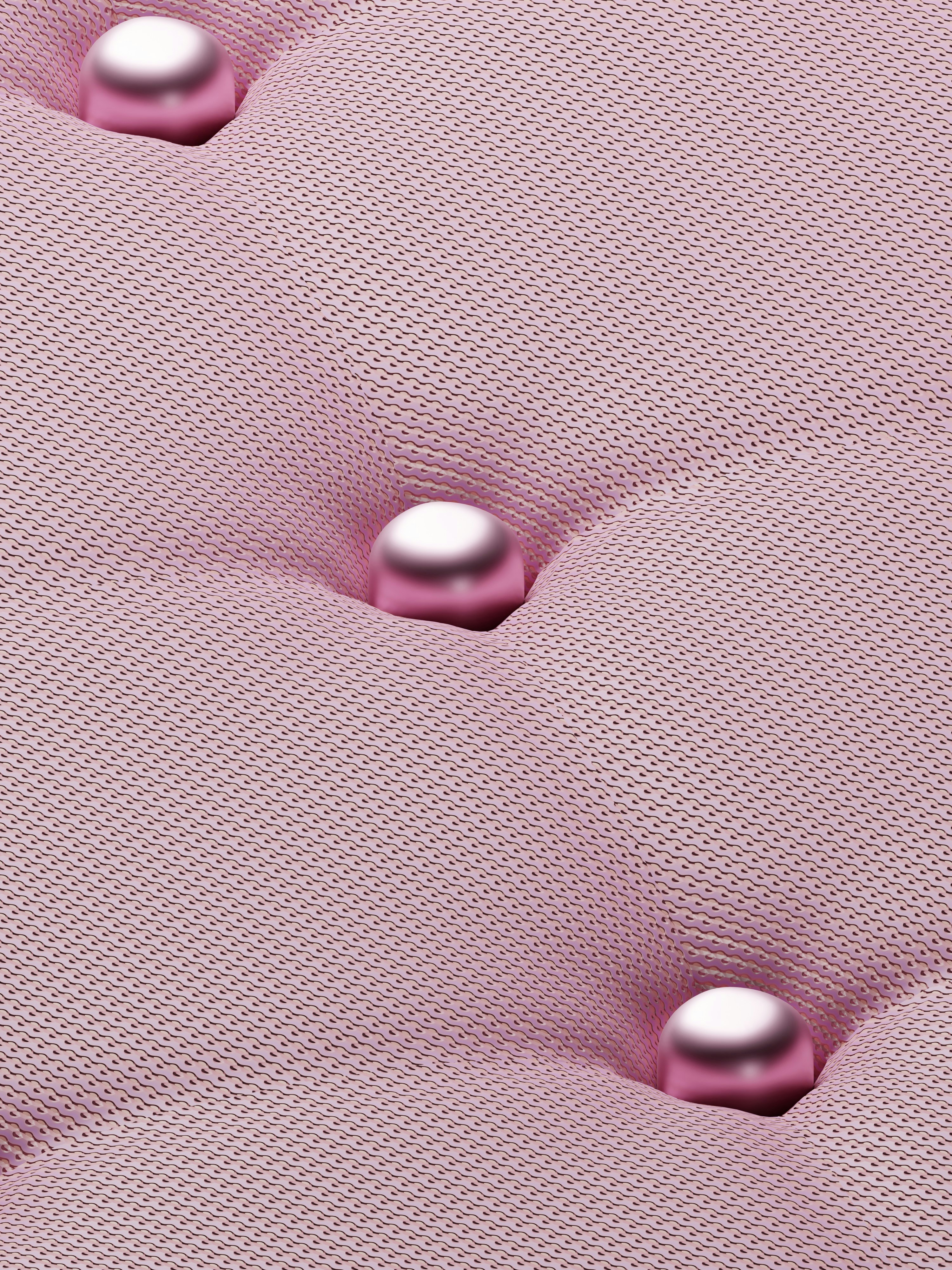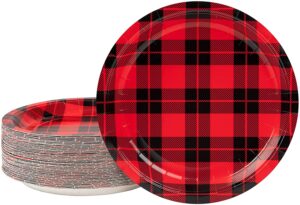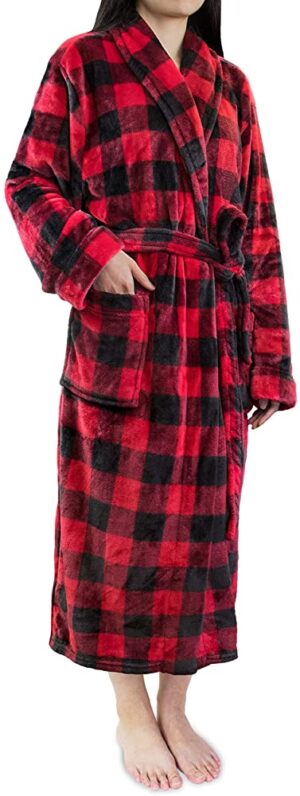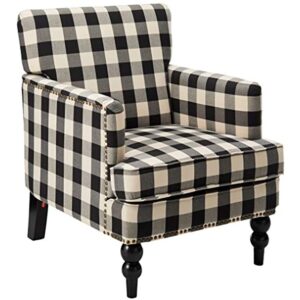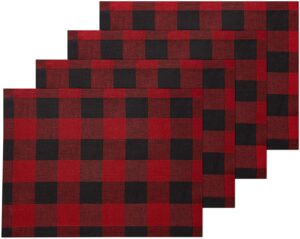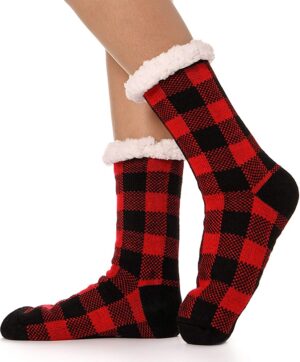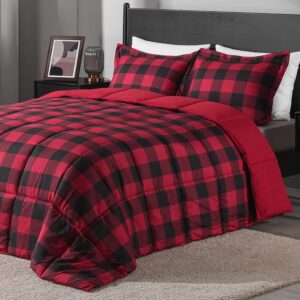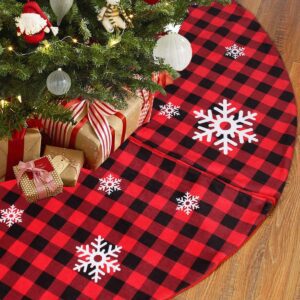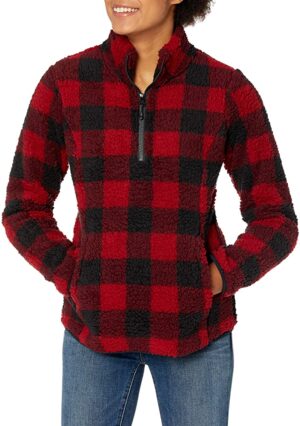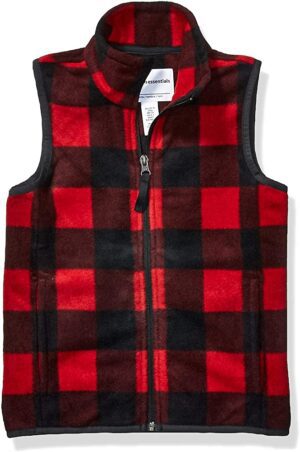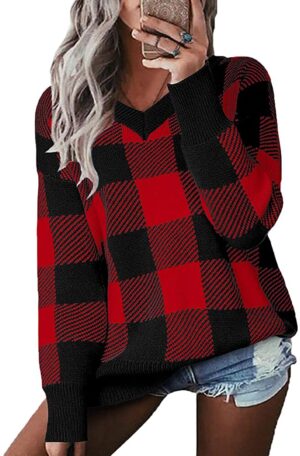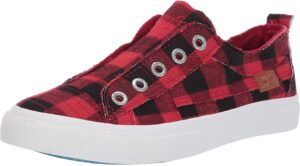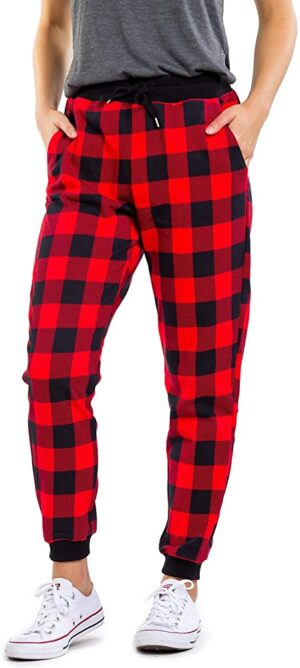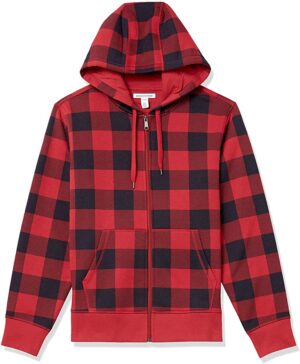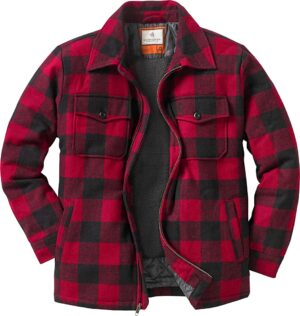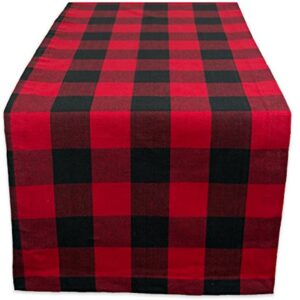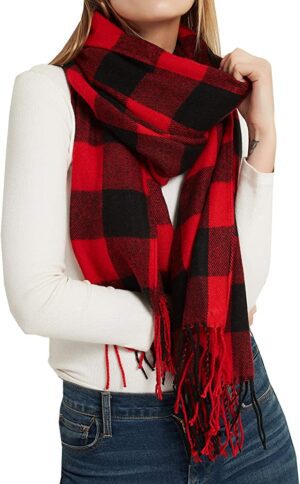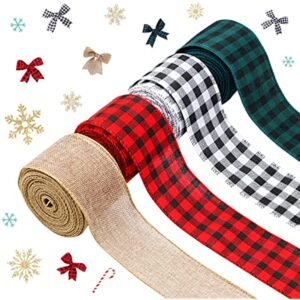Are you looking to reupholster your dining chairs but unsure of how much fabric you will need? Look no further! In this article, we will provide you with all the information you need to determine the right amount of upholstery fabric for your dining chairs. By following our guidelines, you can ensure a successful and cost-effective upholstery project. So, let’s get started and transform your dining chairs into stylish pieces that complement your home décor!
Understanding Upholstery Fabric
Defining upholstery fabric
Upholstery fabric refers to the material used to cover furniture such as dining chairs, sofas, and armchairs. It plays a crucial role in determining the overall look, feel, and durability of the furniture. Upholstery fabric is specifically designed to withstand frequent use and provide comfort, while also adding aesthetic appeal to the furniture piece.
Categories of upholstery fabric
There are various categories of upholstery fabric, each with its own unique characteristics and purposes. Some common categories include natural fibers, synthetic fibers, and blends. Natural upholstery fabrics such as cotton, linen, and silk are known for their softness and breathability. Synthetic fabrics like polyester and nylon offer durability and resistance to stains. Blends, as the name suggests, combine natural and synthetic fibers to offer a balance of comfort and durability.
Importance of upholstery fabric in furniture
Upholstery fabric has a significant impact on the overall quality and longevity of furniture. It not only enhances the aesthetic appeal of the piece but also determines its durability and resistance to wear and tear. choosing the right upholstery fabric ensures that your dining chairs not only look good but also withstand the test of time, daily use, and spills. Additionally, upholstery fabric also affects the comfort level of the furniture, making it an essential consideration in selecting the perfect dining chair.
Types of Dining Chairs
Traditional dining chairs
Traditional dining chairs are characterized by their classic and timeless design. They often feature ornate details, such as carved wood accents or fabric upholstery with intricate patterns. These chairs are ideal for formal dining rooms or spaces with traditional decor. Traditional dining chairs offer a touch of elegance and sophistication, adding a sense of charm to any dining setting.
Contemporary dining chairs
Contemporary dining chairs are known for their sleek and minimalist designs. They often feature clean lines, smooth surfaces, and neutral colors. These chairs are versatile and can fit seamlessly into various interior design styles. Contemporary dining chairs are popular for their modern aesthetic and can create a sense of simplicity and sophistication in any dining area.
Transitional dining chairs
Transitional dining chairs bridge the gap between traditional and contemporary styles. They blend elements of both, combining the elegance of traditional designs with the simplicity of contemporary aesthetics. Transitional dining chairs often feature neutral colors, simple lines, and subtle details. These chairs offer a versatile option for those looking to create a balanced and harmonious dining space.
Most common materials used in dining chairs
Dining chairs can be crafted from a variety of materials, each offering its own unique qualities. Some common materials used in dining chairs include wood, metal, upholstery fabric, and leather. Wooden dining chairs are durable and can be stained or painted in various finishes to match different styles. Metal dining chairs are known for their sleek and modern look, while leather upholstery adds a touch of luxury and sophistication. The choice of material will depend on personal preference, desired aesthetic, and durability requirements.

Components of a Dining Chair
A dining chair consists of several components that together create its structure and support. Understanding the different components is essential when considering upholstery fabric requirements.
Seat
The seat of a dining chair is the area on which you sit. It is usually made of a solid material, such as wood or metal, and provides the foundation for the upholstery fabric. The seat is the most critical component in determining the amount of fabric needed since it covers the largest area.
Back
the back of a dining chair refers to the vertical panel behind the seat. It provides support and comfort for the user. Depending on the design, the back can be solid or upholstered. When choosing upholstery fabric, it’s important to consider the height, width, and curvature of the back to ensure proper coverage and a seamless look.
Arms
Not all dining chairs have arms, but those that do feature two horizontal panels on either side of the seat. The arms provide additional support and comfort while also contributing to the overall aesthetic of the chair. When measuring for upholstery fabric, it’s crucial to account for the width and length of the arms.
Legs
The legs of a dining chair serve as its foundation and provide stability. They can be made of wood or metal, and their design can range from simple and straight to intricate and decorative. When determining the fabric requirement, it’s essential to measure the length, width, and height of the legs, as they may also require upholstery.
The role of each component in determining fabric requirement
Each component of a dining chair plays a crucial role in determining the amount of upholstery fabric required. The size, shape, and design of each component will influence the overall fabric need. It’s important to measure each component accurately to ensure that the fabric covers the chair properly without any gaps or excessive material. Taking precise measurements of the seat, back, arms, and legs will help in calculating the correct fabric requirement.
How to Measure a Dining Chair for Upholstery
Before calculating the upholstery fabric requirement, it’s essential to measure the dining chair accurately. Here’s a step-by-step guide on how to measure each component:
Tools needed for measurement
To measure a dining chair for upholstery, you will need a measuring tape, pencil, and paper to jot down the measurements. These simple tools will help you ensure precise measurements and avoid any miscalculations.
Measuring the chair seat
Start by measuring the width and depth of the seat. Measure from the outer edge of one side to the outer edge of the other side for the width. For the depth, measure from the front to the back of the seat. Write down the measurements and note whether the seat has any curves or irregularities that may affect the fabric requirement.
Measuring the chair back
measure the width and height of the chair back. Begin by measuring the width from one side to the other, ensuring to measure at the widest part if there are any curves or angles. Then, measure the height from the top of the chair back to the seat. Again, take note of any irregularities in the design that may impact the fabric requirement.
Measuring the arms
If your dining chair has arms, measure their length and width. Measure the length from the front to the back of each arm, noting any curves or angles. For the width, measure from the outer edge to the inner edge, accounting for any thickness of the arm. Precise measurements of the arms are crucial to ensure the fabric covers them adequately.
Measuring the chair legs
Measure the length, width, and height of each chair leg. Measure from the top to the bottom for the length, from one side to the other for the width, and from the floor to the bottom of the seat for the height. Accurate measurements of the legs are necessary, especially if they also require upholstery fabric.
Taking accurate measurements
When measuring the components of a dining chair, it’s crucial to be as precise as possible. Use a measuring tape that provides accurate measurements, and double-check each measurement to avoid any errors. Always measure from the outer edge to the outer edge to ensure that the fabric covers the entire component properly.
Calculating Upholstery Fabric Need
The importance of precise calculations
Calculating the exact amount of upholstery fabric needed is essential to avoid any shortages or excessive waste. Adequate measurements, combined with precise calculations, will ensure that you have enough fabric to cover all the required components of the dining chair while also considering pattern repeats or any other specific design features.
Factors affecting fabric need
Several factors can influence the amount of upholstery fabric needed for a dining chair. These factors include the size of the chair, the number of components requiring upholstery, the desired pattern placement, and any special design features such as tufting or pleating. It’s important to consider all these factors during the calculation process to ensure accurate fabric requirements.
The mathematical formula for calculating fabric requirement
To calculate the upholstery fabric requirement, you can use a simple mathematical formula:
Fabric requirement (in yards) = (Seat width + Seat depth) x Repeat length + Waste allowance
The seat width and seat depth are the measurements obtained earlier. The repeat length refers to the distance between each repetition of the pattern in the fabric. The waste allowance accounts for any additional fabric needed for seams, pattern matching, or future repairs. It’s recommended to add at least 10-20% for waste allowance to ensure there is enough fabric.
By plugging in the values obtained from the measurements, you can calculate the exact amount of upholstery fabric needed for your dining chair.
Choosing the Right Fabric for Your Dining Chair
The importance of fabric durability
When selecting upholstery fabric for your dining chair, durability should be a top consideration. Dining chairs are subjected to constant use, spills, and potential stains, making it crucial to choose a fabric that can withstand such wear and tear. Look for fabrics with high durability ratings and those specifically designed for upholstery use. Fabrics with high rub counts and stain-resistant properties are ideal for dining chairs.
Fabric design and color
The design and color of the fabric play a significant role in the overall aesthetic of the dining chair. Consider the existing décor style and the desired ambiance of the dining area. Choose a fabric design and color that complements the surrounding elements and creates a cohesive look. Whether you prefer bold patterns or neutral solids, ensure that the fabric enhances the visual appeal of the space.
Understanding fabric weave
Fabric weave refers to the way the threads are arranged to create the fabric’s structure. Different weaves offer varying levels of durability, texture, and appearance. Common fabric weaves include plain weave, twill weave, and satin weave. Plain weave is the simplest and most common weave, while twill weave creates diagonal lines and offers durability. Satin weave gives a smooth and shiny surface. Consider the characteristics of different weaves to select the one that aligns with your preferences and practical needs.
The role of texture in fabric choice
Texture adds depth and visual interest to upholstery fabric. Depending on the desired result, you can choose from a range of textures, such as smooth, rough, or textured weaves. Smooth textures, such as velvet or silk, provide a luxurious and elegant look, while rough textures, such as linen or tweed, offer a more casual and relaxed feel. Consider the overall style and comfort level you want to achieve when selecting the texture of the fabric.

Factors Affecting Fabric Requirement
Patterned vs plain fabric
The choice between patterned and plain fabric can significantly impact the amount of fabric required. Patterned fabric may require additional yardage to match the pattern at seams or to align the pattern consistently across multiple chair seats. Plain fabric, on the other hand, may require less yardage as there are no specific pattern considerations. Consider the design and placement of the pattern when determining the fabric requirement.
The direction of fabric pattern
If your chosen fabric has a directional pattern, such as stripes or florals, you need to account for the specific alignment of the pattern on each component of the dining chair. This may result in additional yardage needed to ensure that the pattern is correctly matched and aligned across multiple chair seats. When measuring and calculating fabric requirements, pay attention to the directionality of the pattern to avoid any inconsistencies.
Fabric width
The width of the fabric also plays a crucial role in determining the fabric requirement. Upholstery fabrics typically come in a standard width, usually ranging from 54-60 inches. The wider the fabric, the less yardage you may need to cover the components of the dining chair. Before calculating the fabric requirement, check the width of your chosen fabric to ensure accurate measurements and calculations.
Tips on Saving Fabric During Upholstery
Opting for dual-purpose fabric
To save on fabric during upholstery, consider using a dual-purpose fabric. Some fabrics are reversible or have dual sides, allowing you to use less fabric while still achieving the desired result. By selecting a fabric that provides a different look or pattern on each side, you can maximize the usage and minimize waste.
Pre-cutting to avoid waste
Before cutting the fabric, plan out the pattern placement and lay out the components on the fabric to minimize waste. By carefully arranging the pieces and considering the fabric pattern, you can avoid unnecessary cutting and eliminate excess fabric. Take your time to measure and plan before making any cuts to ensure efficient fabric usage.
Recycling leftover fabric
If you have any leftover fabric from previous upholstery projects or remnants from cutting, consider recycling them for smaller dining chair projects or as accents. Small patches of coordinating fabric can add visual interest to the dining chair and help conserve fabric by utilizing what you already have instead of purchasing additional yardage.

Mistakes to Avoid When Buying Fabric
Buying without measuring
One common mistake when purchasing upholstery fabric is buying without measuring the dining chair properly. Without accurate measurements, you may end up with either an insufficient amount of fabric or excessive waste. Always measure the dining chair components before purchasing fabric to ensure you have the correct amount for the project.
Choosing the wrong type of fabric
Choosing the wrong type of upholstery fabric can result in a dining chair that is not suitable for daily use or doesn’t align with the desired aesthetic. Avoid selecting fabrics that are too delicate for dining chairs, as they may not withstand spills or frequent use. Additionally, consider the level of comfort needed and the care and maintenance requirements of the fabric to ensure it is suitable for your needs.
Neglecting the fabric care instructions
Each upholstery fabric comes with specific care instructions, including cleaning methods and maintenance guidelines. Neglecting these instructions can result in fabric deterioration or stains that are difficult to remove. Before purchasing a fabric, make sure to familiarize yourself with the care instructions and assess whether they align with your lifestyle and maintenance abilities.
Conclusion
In conclusion, understanding upholstery fabric is essential when selecting and upholstering dining chairs. Upholstery fabric not only adds visual appeal but also determines the durability, comfort, and lifespan of the furniture. By considering the different categories of upholstery fabric, the components of a dining chair, and the necessary measurements, you can accurately calculate the fabric requirement. Alongside the fabric choice, factors such as pattern, weave, texture, and color also play a crucial role in enhancing the dining chair’s overall look. Remember to avoid common mistakes when buying fabric, and find ways to save fabric during upholstery to minimize waste. Upholstering dining chairs with the right fabric provides an opportunity to create a stylish and inviting dining space that can be enjoyed for years to come.


